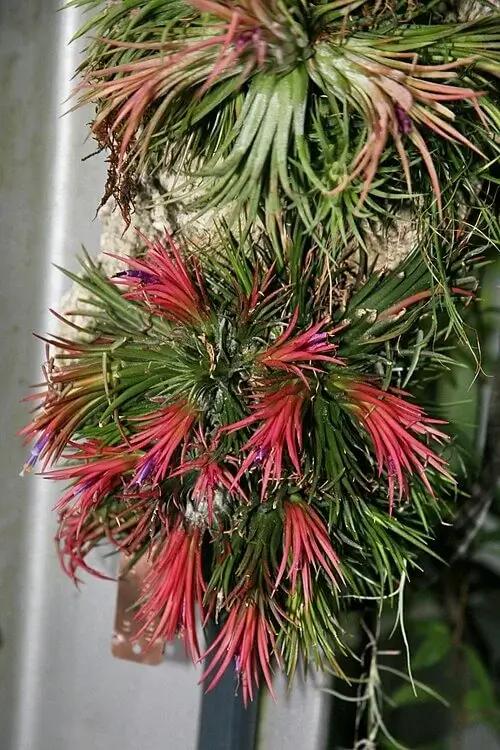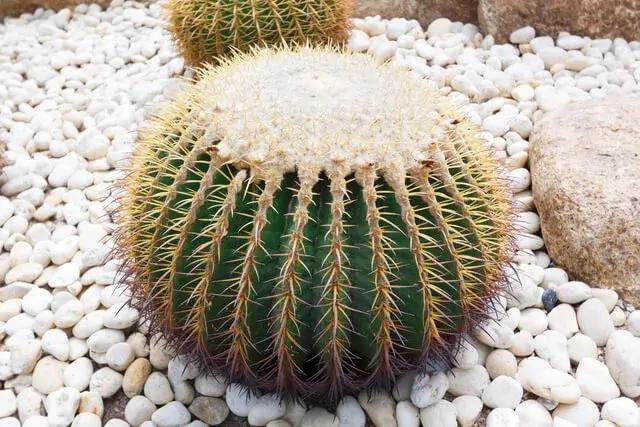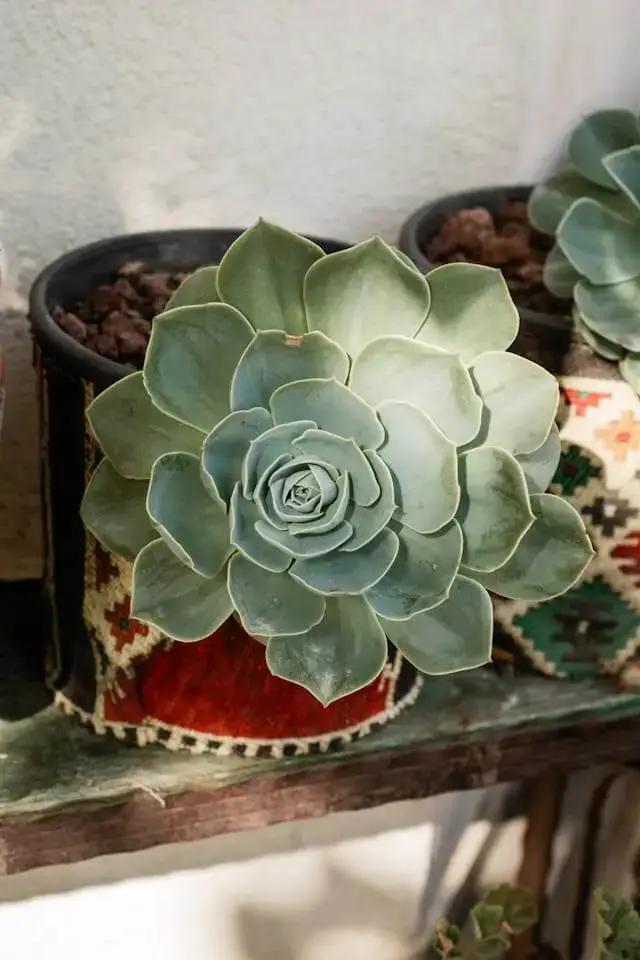Sky Plant
Tillandsia ionantha

The Tillandsia ionantha, also known as the Sky Plant or just Air Plant, is a tiny powerhouse of personality. Loved for its low-maintenance vibe and no-soil-needed lifestyle, this little guy is perfect for small spaces, shelves, and hanging displays. If you’re looking for a beginner-friendly plant that doesn’t ask for much but still looks cool and unique — this is it.
What makes the Sky Plant stand out is how it changes color when it's about to bloom. Its soft silvery-green leaves can turn shades of red or pink before it shoots out a bright purple flower. It’s one of the best air plants for color, and the transformation is a showstopper. After blooming, it’ll produce small offsets (called pups), so you’ll have new plants to grow or share.
Tillandsia ionantha is part of the bromeliad family and absorbs moisture and nutrients through its leaves. It doesn’t need soil at all. Instead, give it bright indirect light, regular misting, and good airflow. In return, it brings life to any spot — no messy pots or complicated watering schedules required. Whether you hang it in a glass globe or perch it on a shelf, the Air Plant is a fun, easy way to add greenery to your home.
Quick Info
- Light: Bright
- Water: Low
- Size: 2–4 inches (5–10 cm)
- Humidity: Moderate
- Temp: 60–85°F (15–29°C)
- Flowering: Yes
- Type: Air Plant
- Dog Safe: Yes
- Cat Safe: Yes
- Kid Safe: Yes
Toxicity Info
- Dog Safe: Yes
- Cat Safe: Yes
- Kid Safe: Yes
Care Instructions
Watering:
About once a week, submerge your Tillandsia ionantha in room-temperature water for 20–30 minutes. After soaking, gently shake off any excess water and place the plant upside down on a towel for an hour or so to fully dry. It’s important that the plant dries completely within 4 hours to prevent rot. In drier environments or during hot seasons, you can mist it lightly between soakings for extra humidity.
Light:
Sky Plants thrive in bright, indirect sunlight. A spot near a bright window (but out of direct sun rays) is ideal. If you're keeping them in a darker room, consider supplementing with a grow light to keep them happy and healthy.
Airflow:
These plants don’t just love air — they need it. Good airflow is essential to help them dry out properly after watering and to prevent mold. Avoid sealing them inside glass containers without ventilation.
Temperature & Humidity:
Tillandsias do best in average household temperatures (between 60–80°F or 15–27°C) and enjoy a bit of humidity. If your home is particularly dry, especially in winter, misting more often or using a nearby humidifier can help.
No Soil Needed:
Don’t plant it in soil! These epiphytes absorb moisture and nutrients through their leaves. They look great mounted on driftwood, placed in glass terrariums, or nestled into shells or rocks — just make sure whatever you display them in allows for air circulation and doesn’t stay wet.
Fertilizer (Optional):
You can give your air plant a gentle boost with a bromeliad or air plant fertilizer diluted in water once a month during spring and summer. It’s optional, but it can help with blooming and producing pups.
Common Problems
- Brown tips: Usually from underwatering or dry air. Soak weekly and mist if your space is very dry.
- Rot at base: Caused by trapped water. Always dry the plant upside down after soaking.
- Faded leaves: Not enough light. Move to a brighter spot with indirect sun.
- No new growth: May need more light, water, or monthly air plant fertilizer.
FAQs
About once a week is usually enough. Fully submerge the plant in water for 20–30 minutes, then let it dry upside down to prevent rot. In dry or hot climates, you might need to water twice a week.
Misting can help between soakings but isn’t a full replacement. These plants absorb water through their entire surface, and misting alone often isn’t enough long-term.
Nope! Air plants like the ionantha don’t need soil at all. You can place them in glass terrariums, hang them from wire, or nestle them into driftwood — just make sure they still get airflow.
Bright, indirect sunlight is perfect. A spot near a window that gets filtered light works well. Avoid direct sun all day, as it can dry the plant out too quickly.
Not strictly, but it helps. A monthly soak in water with diluted air plant fertilizer can encourage blooming and faster growth.
That’s normal and actually a good sign! Tillandsia ionantha often changes color when it’s about to bloom or getting plenty of light. It’s part of its natural cycle.
Healthy plants will be firm, vibrant in color, and have leaves that curl slightly inward. If the leaves feel brittle, limp, or dull, it’s time to reassess light, water, or airflow.


